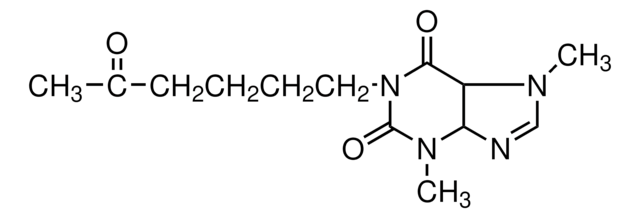M5421
Magnesium hydroxide
BioXtra, ≥95%
Synonym(s):
Magnesium dihydroxide, Mg(OH)2
About This Item
Recommended Products
grade
BioPerformance Certified
product line
BioXtra
Assay
≥95%
impurities
≤0.01% Phosphorus (P)
≤0.1% Insoluble matter
mp
350 °C (lit.)
solubility
5 M HCl: 0.1 M, clear, yellow
anion traces
chloride (Cl-): ≤0.5%
cation traces
Al: ≤0.02%
Ca: ≤0.7%
Cu: ≤0.0005%
Fe: ≤0.02%
K: ≤0.005%
NH4+: ≤0.05%
Na: ≤0.05%
Pb: ≤0.001%
Zn: ≤0.002%
SMILES string
O[Mg]O
InChI
1S/Mg.2H2O/h;2*1H2/q+2;;/p-2
InChI key
VTHJTEIRLNZDEV-UHFFFAOYSA-L
Looking for similar products? Visit Product Comparison Guide
Application
Biochem/physiol Actions
Storage Class Code
13 - Non Combustible Solids
WGK
nwg
Flash Point(F)
Not applicable
Flash Point(C)
Not applicable
Personal Protective Equipment
Choose from one of the most recent versions:
Already Own This Product?
Find documentation for the products that you have recently purchased in the Document Library.
Our team of scientists has experience in all areas of research including Life Science, Material Science, Chemical Synthesis, Chromatography, Analytical and many others.
Contact Technical Service





